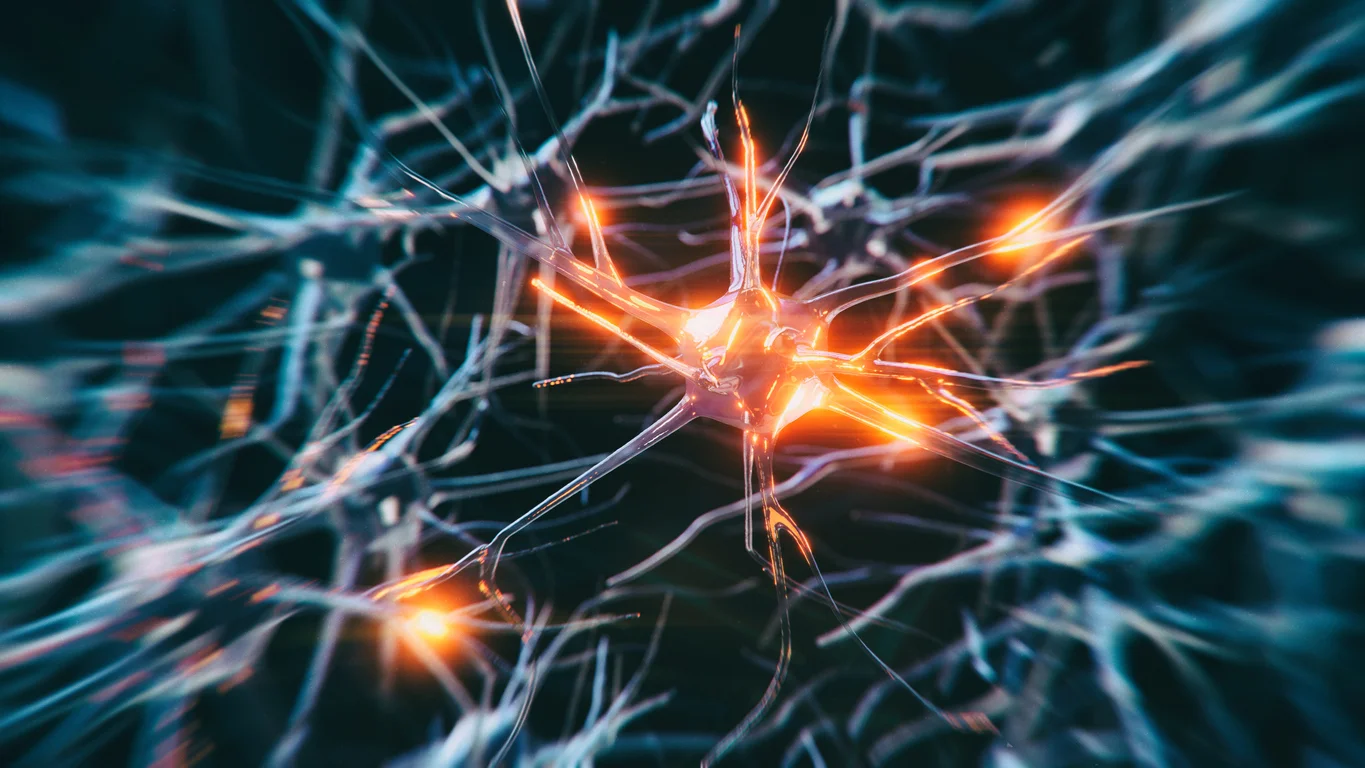Thank you for reading our blog. Things change quickly in assisted living, so please don't take this as the last word. Call us to make sure you are getting the current and best information at the best prices. Our service is provided at no cost to you. You don't need to figure it out alone. Call us at 310-853-8282.
Alzheimer’s Disease is an unfortunate—and unfortunately common—affliction, impacting as many as 5.8 million Americans in 2020.
A diagnosis of the disease can be debilitating, disheartening, and disorienting. The amount of information out there can feel overwhelming, or somehow like never enough. But there are a few major aspects of the disease that anyone impacted by Alzheimer’s should know.
Below is a bit more about what Alzheimer’s Disease is, how it’s diagnosed, and what it may look like once it takes course.
What Is Alzheimer’s Disease?
Alzheimer’s Disease is a progressive brain disorder that impacts areas of the mind dealing with thought, memory, and language. It may start with mild memory loss and progress to extreme cases of being unable to carry on a conversation or properly interact with one’s surroundings.
The disease was named after Dr. Alois Alzheimer, who first documented it in 1906, examining the brain of a patient who had died of what was then considered an unusual mental illness.
What he found was a series of abnormal “clumps,” now referred to as amyloid plaques and understood to be plaque buildup in the brain. Another symptom was a series of tangled fiber bundles in the brain, now called neurofibrillary tangles.
The physical conditions are what lead to the blocking and rerouting of certain thoughts and memories and the general confusion the disease is often marked by. As Alzheimer’s continues to develop, a patient may also lose the connection between neurons in their brain, which could lead to additional forgetfulness or loss of physical abilities.
What Causes Alzheimer’s?
Scientists are still unsure about the exact cause of the disease, but age is typically considered a major factor.
Most Alzheimer’s cases first appear when a person is in their mid-to-late 60s, though some evidence shows that the changes in the brain can start several years or even a decade before symptoms show up.
Alzheimer’s can be hereditary, though there’s evidence showing that genes in this case don’t necessarily equal destiny.
Some research concludes that what gets passed down is simply an increased possibility of developing the disease, but that other external factors are necessary to trigger those genes. And several major studies have shown that generally healthy lifestyles can help stave off the development of Alzheimer’s, even for those who may have inherited it.
Alzheimer’s Vs. Dementia
Alzheimer’s is the most common form of dementia, which is a general term referring to the loss of memory and other cognitive abilities on a level severe enough to interfere with everyday life.
Most dementia cases—between 60-80%–are caused by Alzheimer’s, though there are several other illnesses that also fall under the category including vascular dementia, Lewy body dementia, and frontotemporal disorders.
How Is Alzheimer’s Diagnosed?
There are several methods a doctor may use to determine if a person’s condition is Alzheimer’s Disease or another condition. The most common is the Mini Mental Status Exam (MMSE) which tests orientation, attention, memory and language.
There also are a battery of more physical procedures available including physical and neurological exams, diagnostic tests and brain imaging.
The Seven Stages of Alzheimer’s Disease
Alzheimer’s is a progressive disease, meaning one that worsens in nature as time goes on. As such, doctors have developed a flow chart of stages, to help map out the general progress of the condition.
Stage 1: Pre-Symptomatic
Technically called “pre-clinical Alzheimer’s,” this phase of the disease can start as many as 15 years before symptoms begin.
In this phase, the underlying brain conditions that contribute to the disease begin to develop, including the build-up of plaque and the forming of neurofibrillary tangles, though the changes are still too mild to create a noticeable effect.
Stage 2: Basic Forgetfulness or Mild Cognitive Impairment (MCI)
Most Alzheimer’s cases start out as normal-seeming forgetfulness.
Lapses in memory tend to me mild in this phase—blanking out on a loved one’s name or forgetting where one put their keys—but the person is still able to function and care for themselves.
Stage 3: Noticeable Memory Difficulties
As the disease continues to develop, these memory lapses become more frequent and severe.
Issues that would constitute “noticeable” memory difficulties include trouble with remembering recently read material, organizing, or planning. Previous memory lapses may also appear more severe, such as a lot of difficulty with remembering a name or word, and the person may also begin to experience difficulties in social settings or at work.
Stage 4: More Than Memory Loss
Alzheimer’s progresses once again when it begins to impact more than just a person’s memory.
This phase can be marked by more general difficulties with language, organization, or numbers. A person may also begin to exhibit different sleep patterns, experience difficulty in picking out appropriate clothing for the weather or on occasion, may appear more generally confused about where they are or why.
This phase also has an increased risk of the person wandering off or getting lost.
Stage 5: Decreased Independence
The disease becomes more severe when the person involved is no longer able to completely take care of themselves.
This phase may also begin slowly, with the person needing help with just a few tasks, but it could progress to the person no longer able to recognize even close family or friends and struggling with basic functions like dressing themselves.
Emotional disruptions are also common in this stage, including feelings of paranoia, delusions or hallucinations.
Stage 6: Severe Symptoms
As the brain continues to break down, so, too, does the person’s abilities.
At this stage in Alzheimer’s development, the person will likely experience difficulty with communicating, or responding to even the most pressing stimuli in their environment. They will likely need someone else to help them perform basic tasks and may exhibit worsening forms of paranoia and delusions.
Stage 7: Lack of Physical Control
The final stage of Alzheimer’s sees the disease move from cognitive toward more physical difficulties.
As the brain continues to break down, so, too, does the body, with the person potentially losing mobility or becoming more vulnerable to infections. They may need around-the-clock care at this point, and help with basic functions like walking, sitting, or even swallowing.
Still, while there’s unfortunately no cure for Alzheimer’s, several treatments have been developed to help slow the progression of symptoms; and maintaining a healthy diet and lifestyle has also been found to help keep the disease at bay.
If you think you or a loved one may have Alzheimer’s, you should speak with your doctor as soon as possible.
Assisted Living Locators Los Angeles owner Sarah Ordover is one of LA’s top senior living advisors. Certified in dementia care, Sarah is a trained aging specialist who holds an RCFE assisted living administrators license. Sarah thoughtfully guides families through the senior living decision-making process, helping them find the best solution for their loved ones. Call Sarah at 310-853-8282 for a consultation. Assisted Living Locators is free to clients.
REFERENCES:
How Is Alzheimer’s Disease Diagnosed


